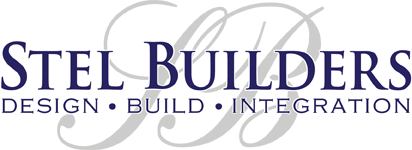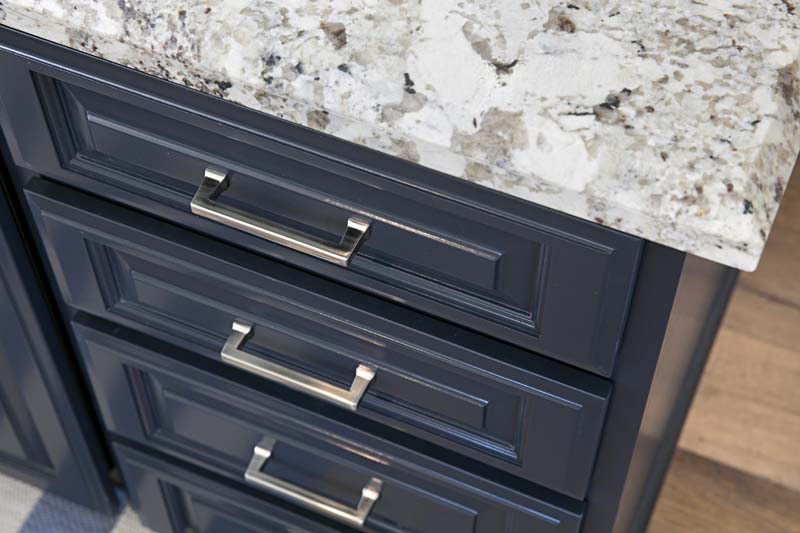There are two main types of cabinet construction. The difference is where the cabinet doors and drawers attach to the cabinet box:
Frameless cabinets (also commonly called Euro- or European-style cabinets): The door hinges and drawer runners attach to the inside of a cabinet box’s side walls.
Framed cabinets (also commonly called face-framed cabinets): The door hinges and drawer runners attach to a frame on the front face of the cabinet box.
What this means for you:
Functionally, frameless cabinets allow a wider opening to access the interior more easily than framed cabinets. This also means wider drawers and therefore more drawer space. Framed cabinets, on the other hand, are structurally more stable and minimize chances of the cabinet doors misaligning—however, whether misalignment actually happens depends on other factors, including overall quality of construction by your specific cabinetmaker.

(Source: tgcabinets.com)
Let’s complicate this a little further:
Aesthetically, framed cabinets offer more options in overlays. What is an overlay?
Overlay: How much the cabinet doors and drawer fronts cover up the face frame. Or, how closely the edges of the doors and drawers are placed next to each other.
Types of overlay:
Inset: You can see the entire face frame because the doors and drawers are cut to fit perfectly inside the openings. However, the doors and drawers can get stuck if there are big changes in humidity that can cause the wood to swell.
Standard: This is the medium choice. You can see part of the face frame. If there are misalignments, they will be hardest to notice with this overlay.
Full: You barely can see the face frame. Often, this overlay gets mistaken for frameless construction, because when the doors and drawers are closed, frameless cabinets and full overlay, framed cabinets look similar.
Since frameless cabinets have no face frame, the doors and drawer fronts have to be large enough to cover up the cabinet box openings.
So what do you choose?
There are pros and cons to every choice, and it also depends on the look that you’re going for. Frameless tends to be associated with modern styles. Framed, traditional. We haven’t even looked at cabinet door styles, finishes, and hardware, but hopefully this will give you a starting point in understanding what your options are in order to achieve your dream home.

